Description
The year 2000 holds a special place in my heart because that’s when I first discovered something truly magical – Avadhāna. It happened during a seminar in Pondicherry, and little did I know that this art form would become a source of inspiration and wonder in my life. I was part of the team organizing an Avadhāna program, and my job was simple. But what unfolded on that day was anything but ordinary. Avadhāna, which once seemed like a distant and mystical concept, came alive before my eyes, challenging my skepticism and leaving an unforgettable impression. Watching the Avadhāna performance was like witnessing a breathtaking dance of the mind. The performer’s skill, speed, and brilliance pushed the boundaries of what I thought was possible. It was more than just a show; it was a journey into a world where intellect and creativity danced together in perfect harmony. Since that day, my life has been a journey of exploration into the art of Avadhāna. I felt a deep connection and a need to share its wonders with the world. I realized there was a missing piece—a book that could introduce Avadhāna to those curious about it, a guide for those wanting to understand its essence. As I delved into the details of Avadhāna, I discovered not just a skill but an endangered art form in need of recognition. It became clear that the survival of Avadhāna depended on creating awareness—helping people see its beauty, challenges, and importance in our cultural heritage. In my quest to understand Avadhāna, I stumbled upon the remarkable life of Vasishtha Ganapati Muni, a true master of Avadhāna. His ability to vi perform Avadhāna was extraordinary, and learning about his life became a fascinating part of my exploration. His anecdotes of composing poetry on the spot and rearranging complex syllabic structures during Avadhāna were awe-inspiring. Vasishtha Ganapati Muni, a shining star in the world of Avadhāna, became a source of inspiration for me. His journey not only showcased the heights achievable in Avadhāna but also left an everlasting mark on this ancient tradition. His story has become a guiding force, pushing me to unravel the layers of this intricate art form and share its beauty with the world. Ganapati Muni’s incredible skills in Avadhāna were truly mindblowing.
In one event in Madras, he was challenged to compose a hundred verses on Nala and Damayanti’s story in just an hour. Muni’s creative flow was so rapid that he crafted twenty-five verses in just six minutes, leaving everyone in awe. His prowess in rearranging syllables in a challenging verse and even reciting it backward showcased his brilliance. At the end of an Avadhāna, he flawlessly critiqued a famous verse, leaving the audience thunderstruck. These moments from his journey highlight the intricate brilliance and indomitable memory power needed in Avadhāna. Following in Vasishtha Ganapati Muni’s footsteps, I found not just inspiration but a deep connection to the heart of Avadhāna. His extraordinary abilities reminded me that within the realms of memory, creativity, and intellectual agility, there’s a universe waiting to be explored—an invitation to witness the wonders of the human mind through Avadhānam. Continuing my exploration, I discovered two more incredible stories: G N K Ramaswaroop from Enkoor village and Nishchal, a nine-year-old prodigy from Hyderabad. Their stories shed light on Avadhānakalā, the ancient art of multiple concentration. Ramaswaroop, focused on the Bhagavad Gita, amazed audiences by memorizing all 700 shlokas. His performances weren’t just recitations; they were a dance of intellect, responding swiftly to questions in various forms. Whether reciting a shloka given a starting word or number, identifying a shloka when recited in reverse, or engaging in the rhythmic Preface vii antyakshari of Gita verses, Ramaswaroop showcased mental agility that set him apart as a true master of Avadhānakalā. Then there’s Nishchal, a nine-year-old maths whiz from Hyderabad. While others focused on poetry, Nishchal channeled his concentration and mind power into solving complex maths problems and memorizing 20-digit numbers effortlessly. His feats proved that Avadhānakala goes beyond language and subject matter, captivating audiences with the beauty of mathematics. Colonel H. S. Olcott, an American military officer, journalist, lawyer, and the co-founder and first President of the Theosophical Society, writes in one of his articles published in ‘The Theosophist magazine for 1886’, about an occasion on which a memory expert of South India simultaneously kept in mind and did the following twelve things and afterward correctly

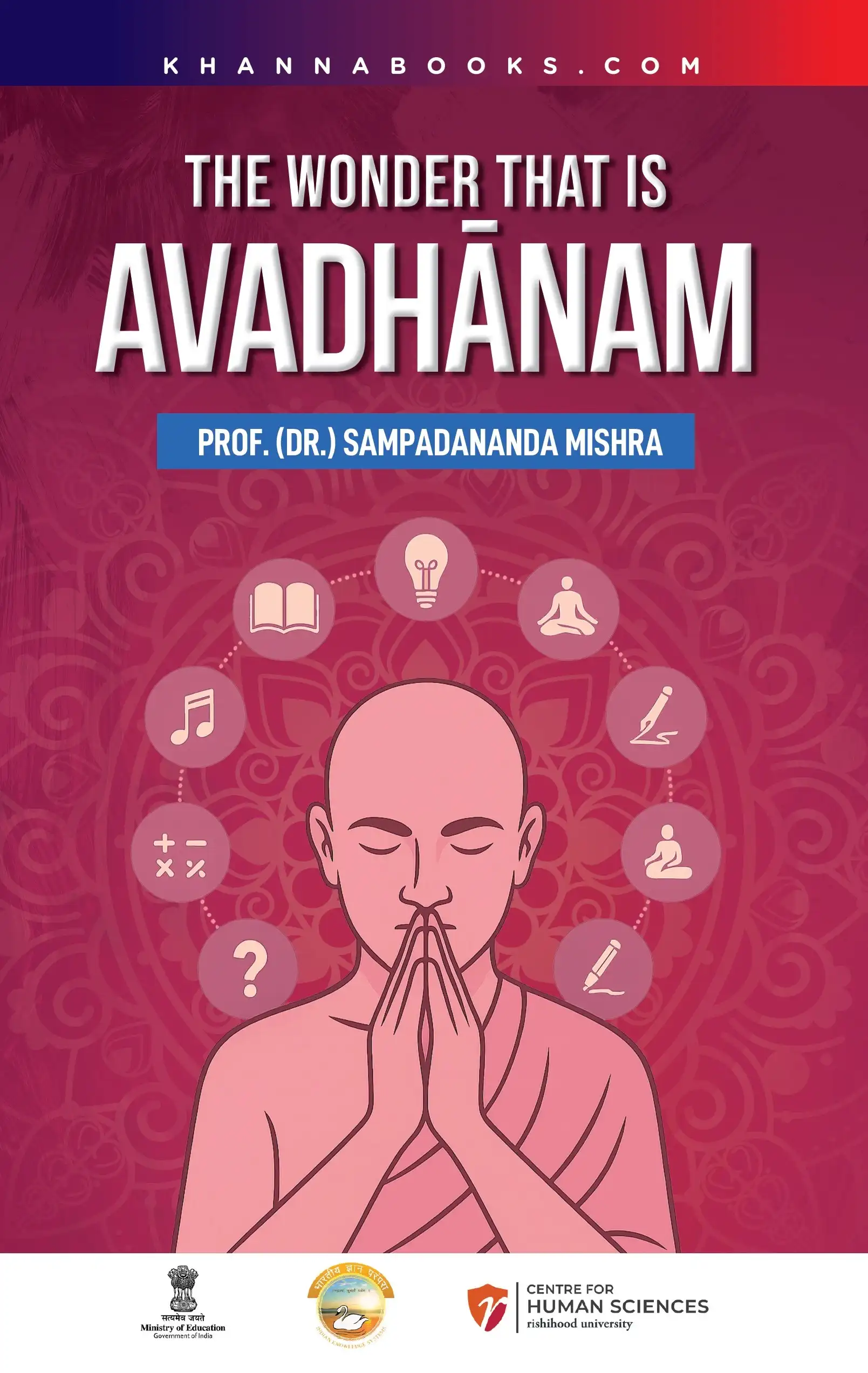
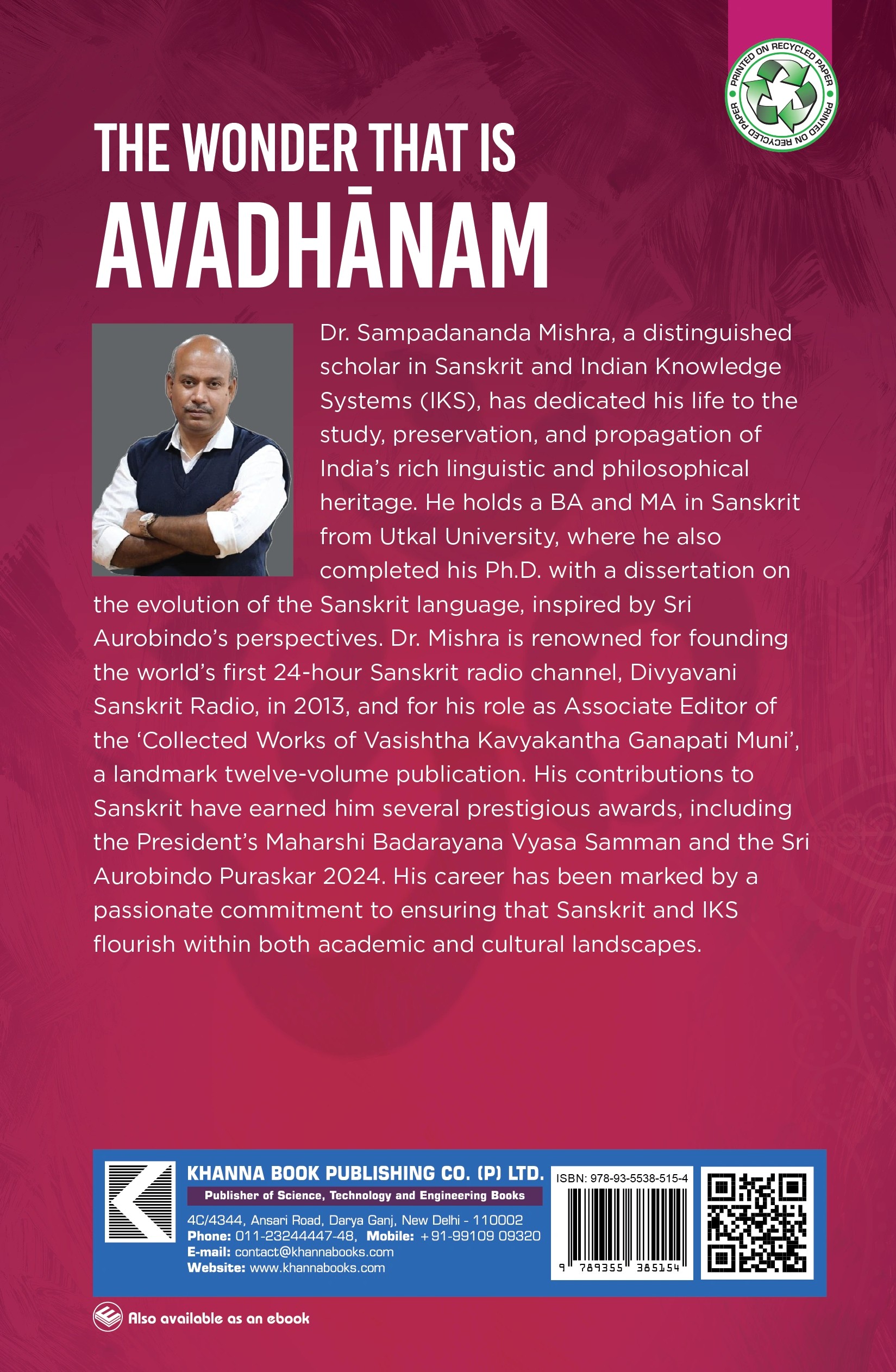





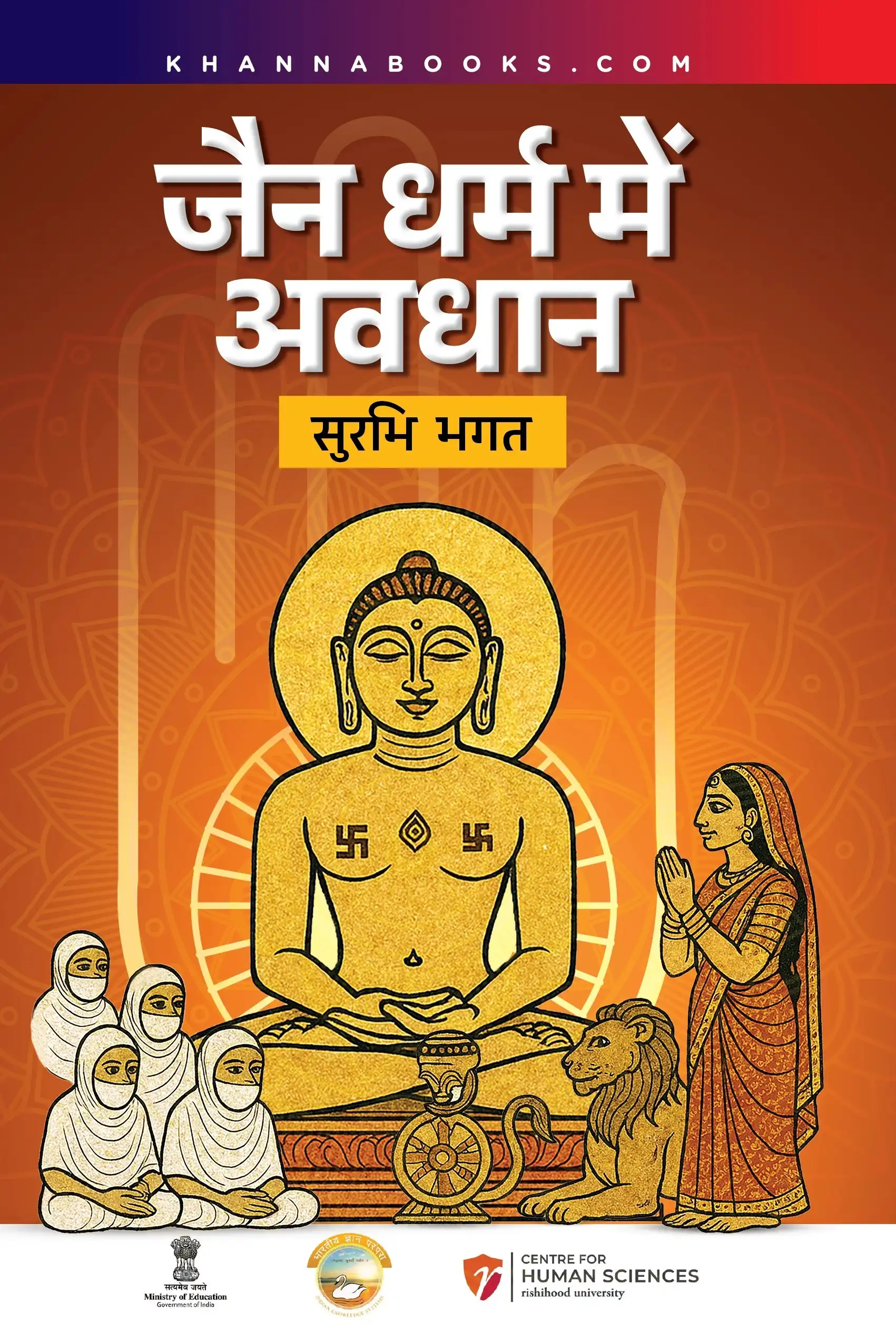
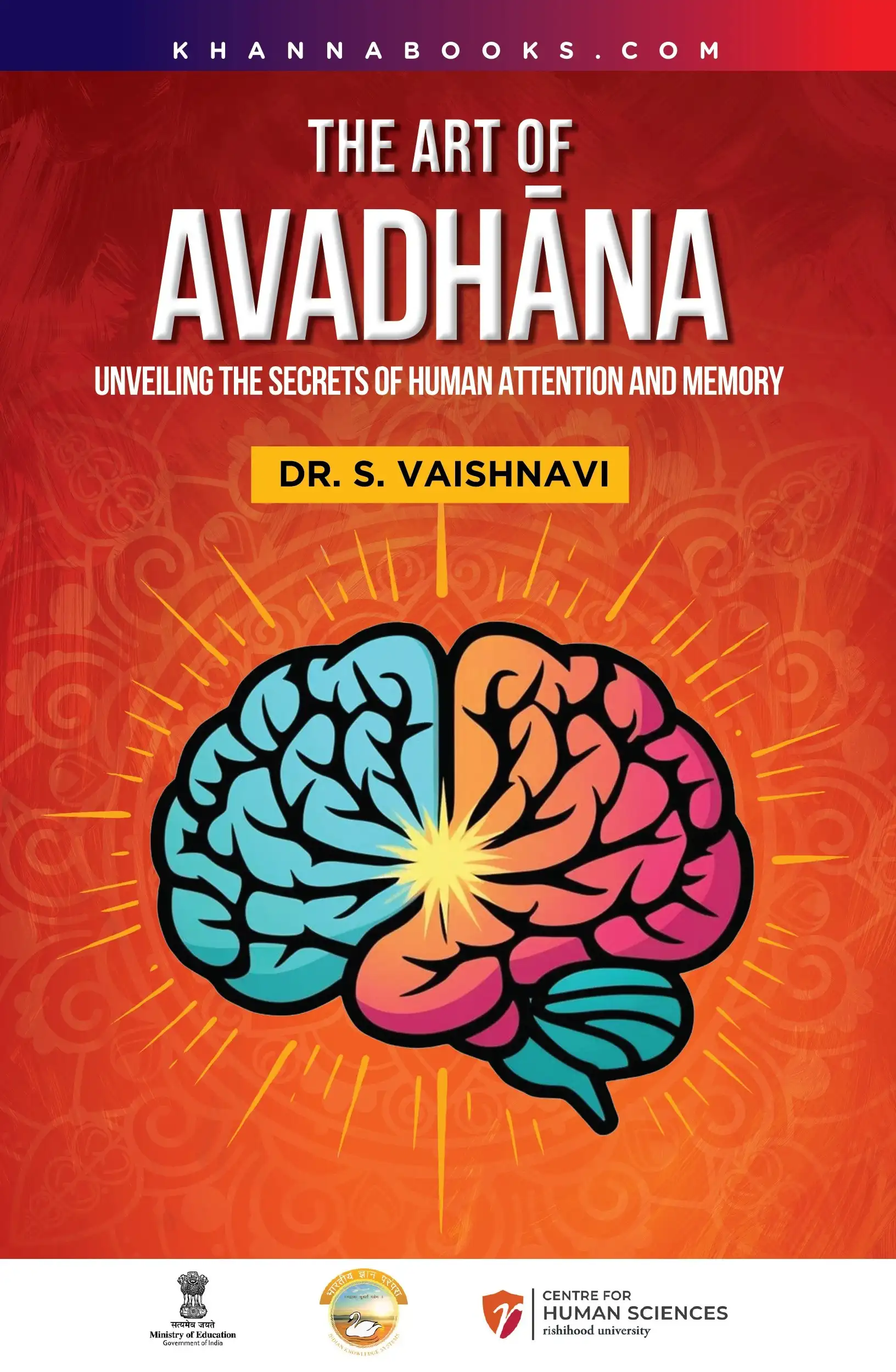
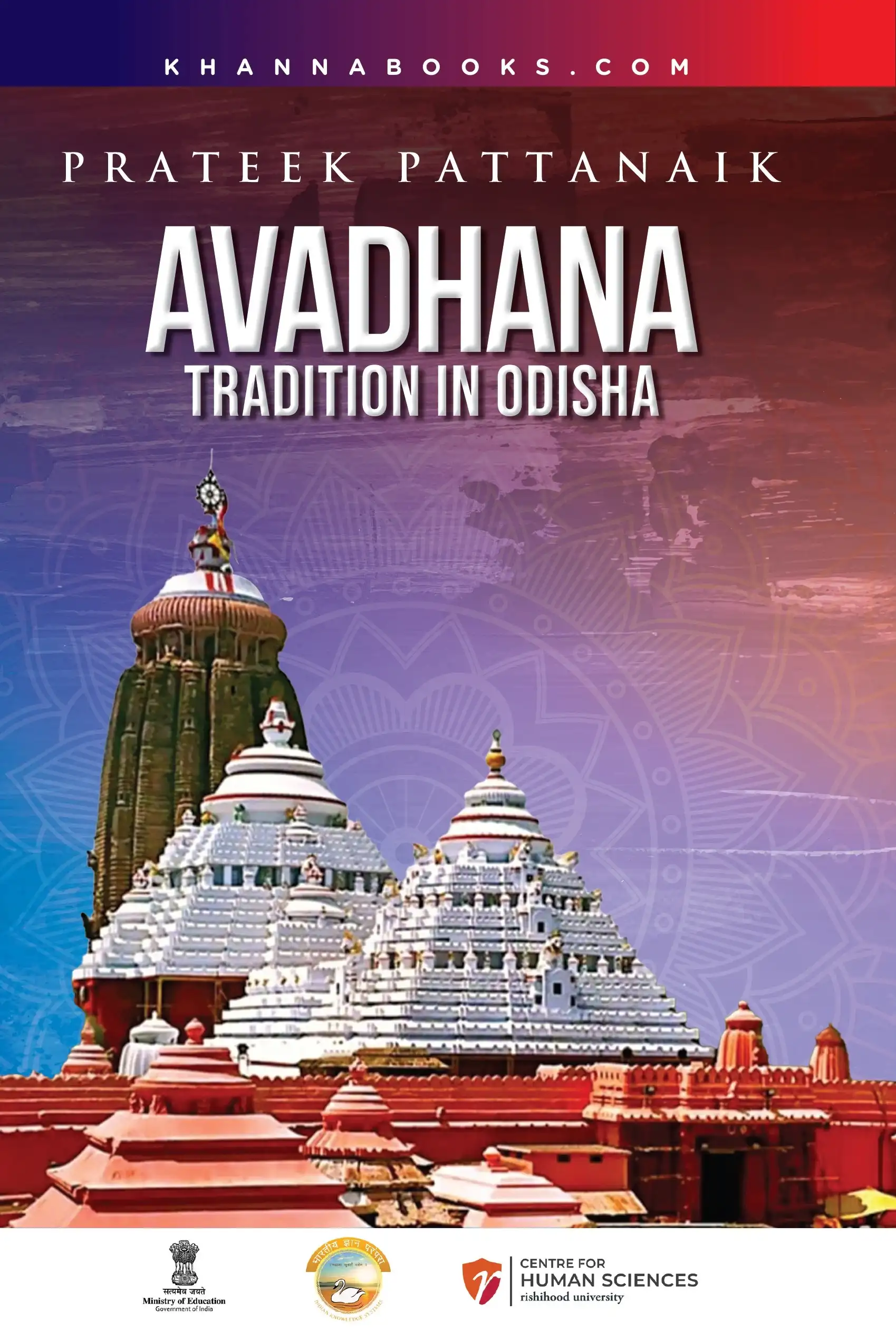



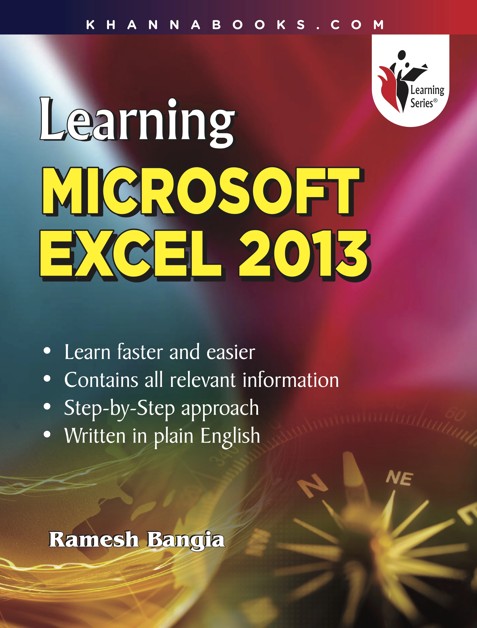



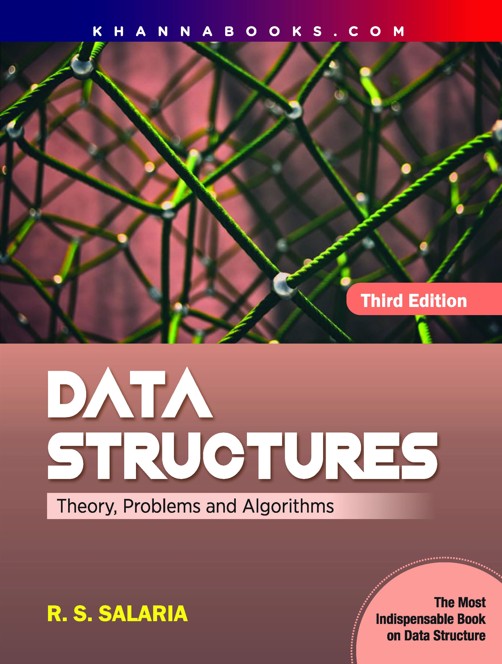
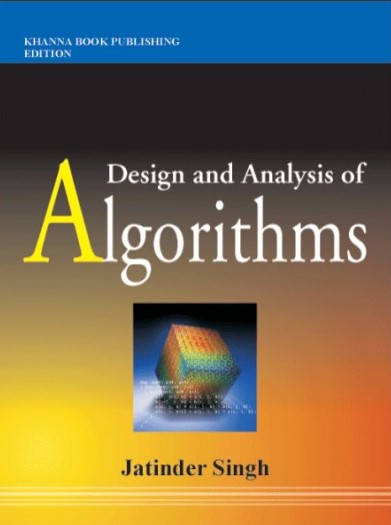



Reviews
There are no reviews yet.